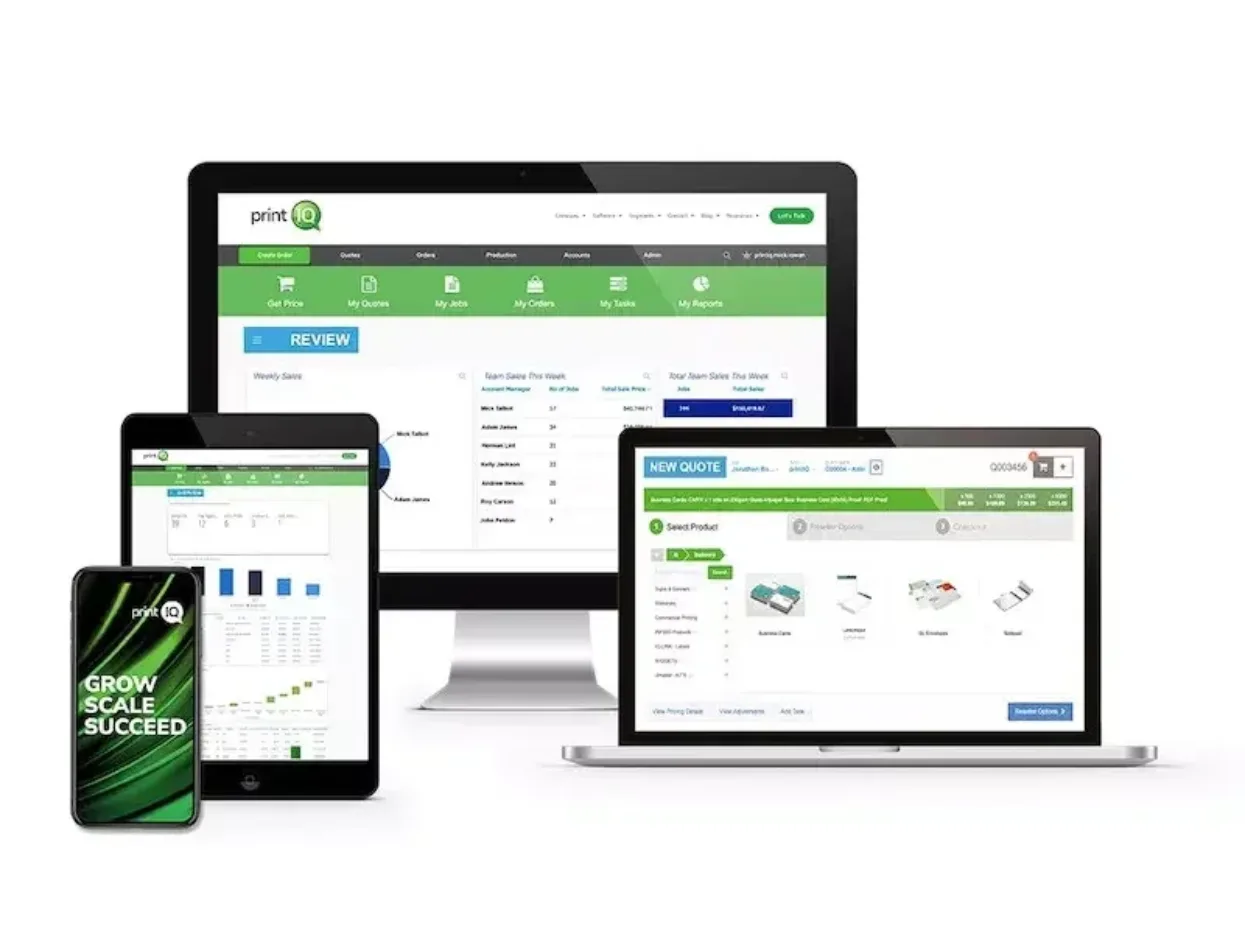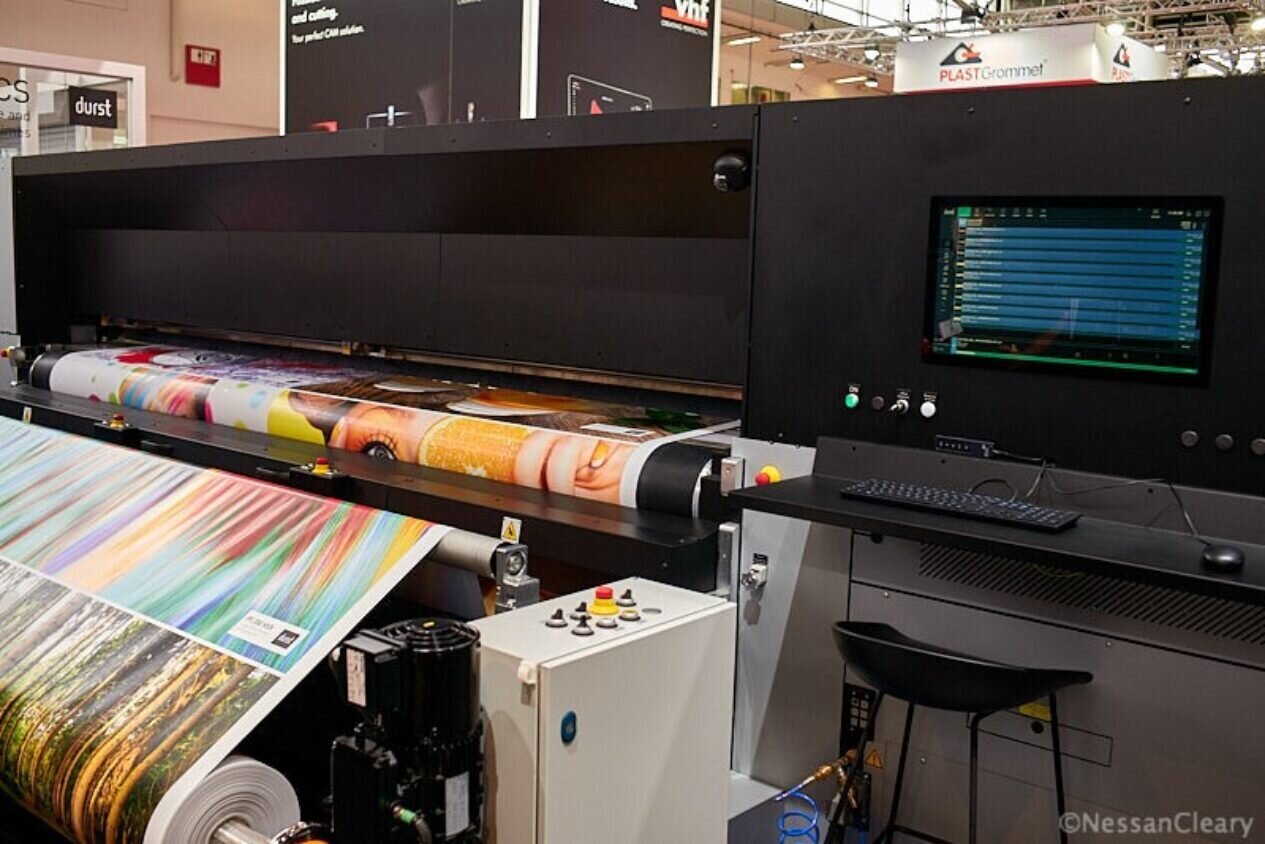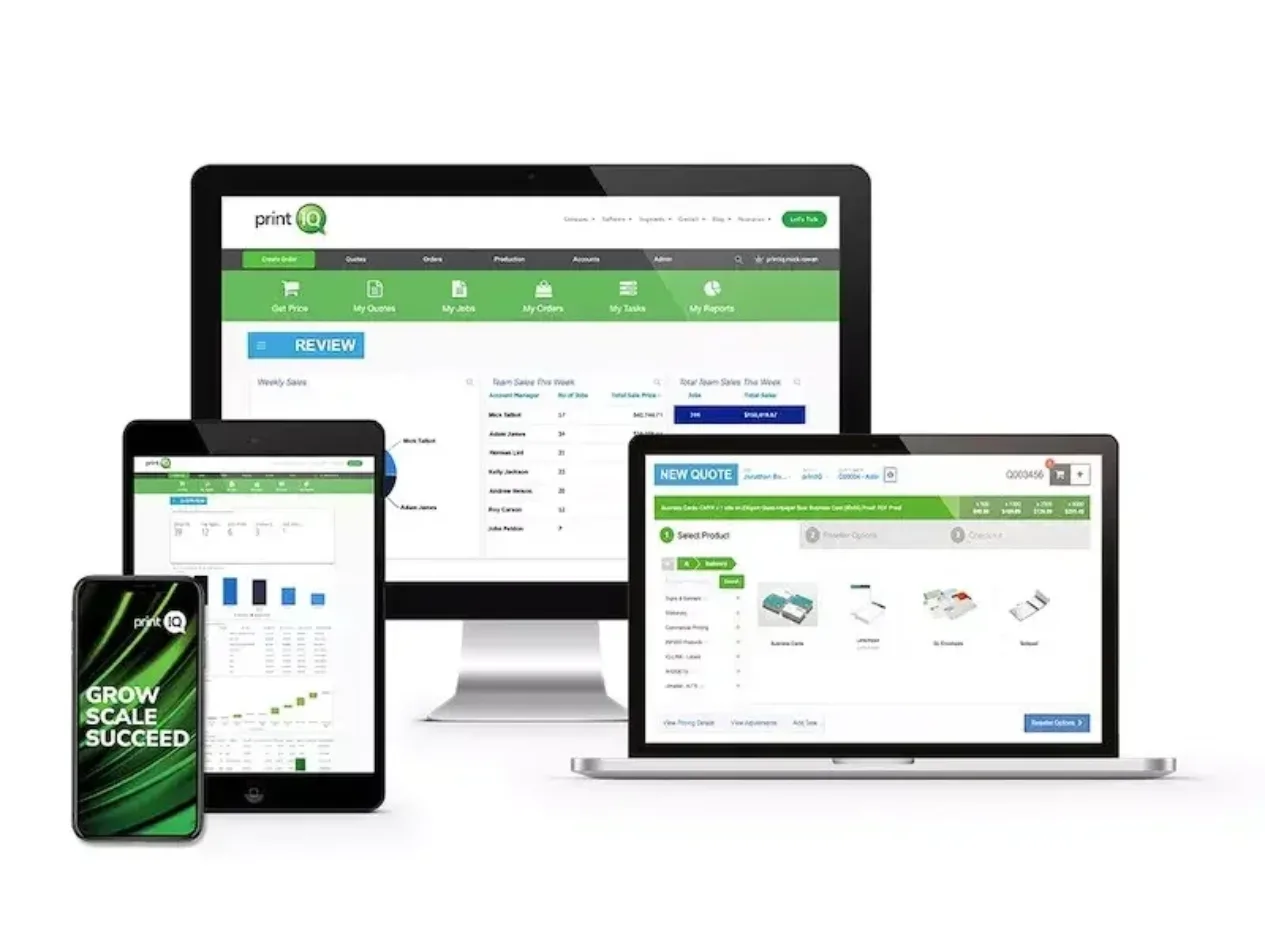
Nessan Cleary shares various key performance indicators that are fundamental to run a successful print business. These KPIs can be tracked either daily, weekly or a monthly basis. By keeping track of these KPIS your business can generate higher profits.
Every business, including those supplying large format printings services, exist to turn a profit. In theory you can check the health of a business through its balance sheet. But there’s a lot more than just numbers to running a successful printing business. So it makes sense to identify a number of key performance indicators or KPI that you can track over time to ensure that the business is healthy, whether that’s on a daily, weekly or monthly basis. More importantly, you can use these KPI to eliminate problems and grow the profits.
However, there’s no such thing as a standard print business as each offers a different mix of services and a different value proposition to customers. So the key to this approach is to pick the right KPI that match with the aims of your business. That’s likely to be a mix of financial, production and logistical information. A decent MIS should help with most of this but you may find that you need other sources to drill deeper into some areas such as issues with production equipment, or with accounts or fulfilment. That said, don’t pick too many KPIs or you will drown in data.
Sales
The two main drivers in any business are to increase revenues and cut costs. So the first KPI to look at is sales, and a good place to start is the average cost of acquiring new customers. Every business will have some customers that are more demanding than others. So it’s useful to track how much each customer is costing you, both in terms of closing each sale and the degree of customer management required throughout any orders, including the time spent fixing problems with files, and then to match this against the revenues from those customers. This may show that some customers are simply more trouble than they are worth but equally may indicate those that are worth taking extra of, as well as growing trends in particular applications.
As well as printers, such as this P5 350HSR, Durst also sells an analytics service that works with its printers and workflows to help customers understand how their machines are being used.
It’s useful to see where those sales are coming from, such as a web-to-print system, or a marketing campaign or from social media posts. This can help determine how best to spend any money on marketing, or to stop wasting resources on campaigns that aren’t working.

Complaints
It’s also a good idea to keep track of the number of complaints, and the cost of dealing with those complaints. It can be helpful to see if there’s a common theme, such as the colour output from one printer or perhaps a staff issue that can be resolved with more training.
Completed Jobs
Equally, it’s good to keep a track on how many jobs were finished and delivered on time.
There are a lot of different metrics that can be measured throughout the production department so the trick is to identify only the key ones that will give an accurate snapshot of how well the production department is functioning. Most print devices can produce a wealth of information from ink usage through to error codes, which you should be able to access through the RIP or from integration with an MIS. Increasingly manufacturers are attempting to charge for sharing this information, usually as part of an ongoing data analytics service, but this will be of limited value unless it includes all the different print devices in use so that you can compare them.
Utilisation for Equipment
One of the most important indicators is the utilisation for each price of equipment since none of those devices will be earning money while they are sitting idle. This can help to identify bottlenecks if, for example, the cutting table is left waiting for jobs to finish printing or if some devices take a while to set up, such as having to change tools on a cutting table or tape down particular types of media on a flatbed printer. This should also flush out any problems with your equipment, if particular devices have above average maintenance issues or if some devices have specific prepress requirements that limit the flexibility in reorganising workflows at short notice.
Actual Margins vs Estimate
Another useful KPI to keep an eye on is to compare the actual margins on particular jobs against the estimate. It’s not uncommon for an estimate to assume that a job will be produced in a particular way, only for the production team to take a different approach, which might alter the costs and therefore the margins on that job. Or there may have been problems and incidental costs along the way but either way you want the estimate and actual costs to be as close as possible to avoid any arguments with customers.
Finances
It goes without saying that you do have to keep an eye on the financial health of the
company, including the overall profit and the degree of growth per year. It can be useful to split that down to each application or product grouping to see which parts of the business are more profitable. It’s also worth tracking the average time for customers to pay invoices, and how much it costs you to chase those payments.
Most MIS, such as PrintIQ, can help customers set up a list of KPIs to monitor.
These days, few businesses can afford to ignore their overall sustainability. There are two main aspects to sustainability. The first is simply to cut out waste, which also directly cuts costs. That means tracking how resources are used, such as heating and electricity. Switching to a more efficient system for nesting or ganging jobs can help cut down on substrate waste.

Adopting Best Practices
The other element is adopting best practices such as swapping to more easily recycled materials, using ink saving software and tightening up production to avoid having to make reprints for errors. Tracking such data makes it easy to demonstrate real progress to customers, many of whom may need such records to chart their own environmental footprint.
For that matter, information taken from these performance indicators can also be used as part of your overall marketing. This could include details such as a high rate of jobs delivered on time or a large percentage of customers choosing to return for repeat orders. Equally, involving staff in collecting these performance indicators can help boost staff morale and give individuals or even whole departments milestones to be beaten.
In conclusion, many print service providers can benefit from adopting the Japanese concept of Kaizen, meaning to identify small problems and make continual improvements. Keeping track of the key performance indicators will allow for continual improvements throughout a business, which in turn should lead to higher profits.